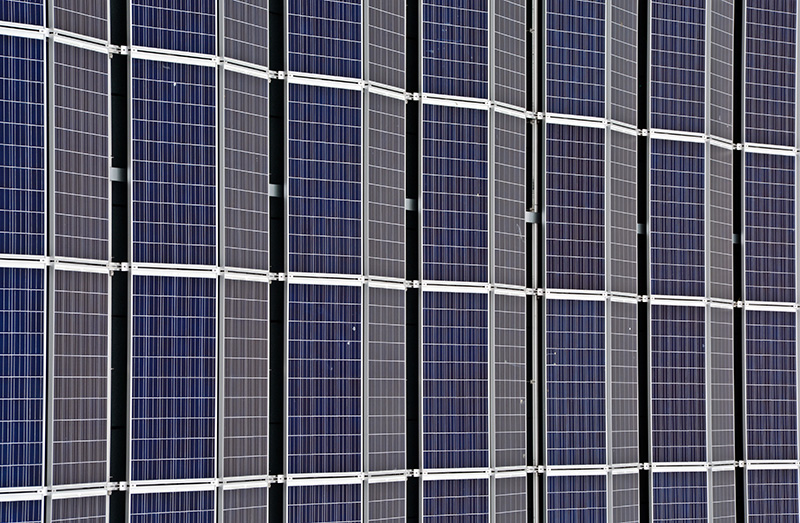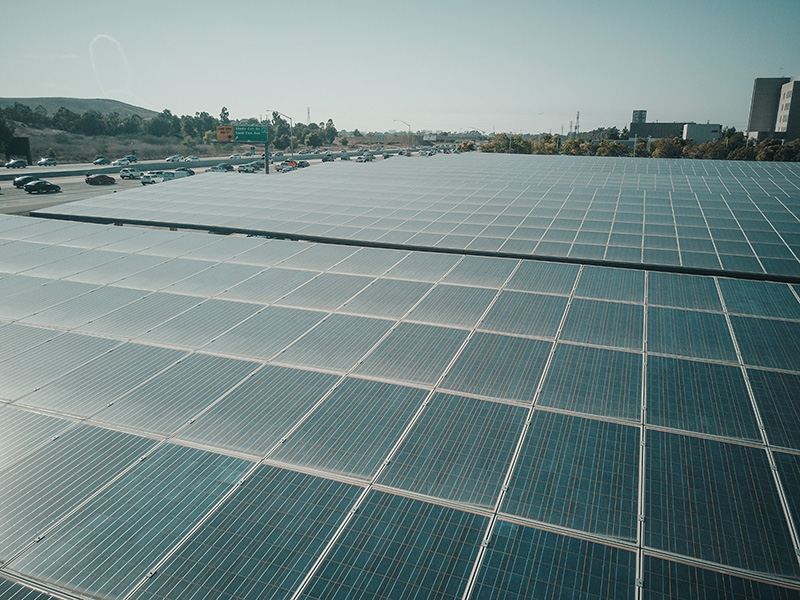Description
In 2023, the cost of monocrystalline solar panels varies based on quality, brand, and region. On average, prices range between $0.50 and $1.00 per watt. For a standard 300W panel, this translates to $150 to $300 per panel. It's essential to consider additional costs like installation, inverters, and mounting when budgeting for a complete solar system.
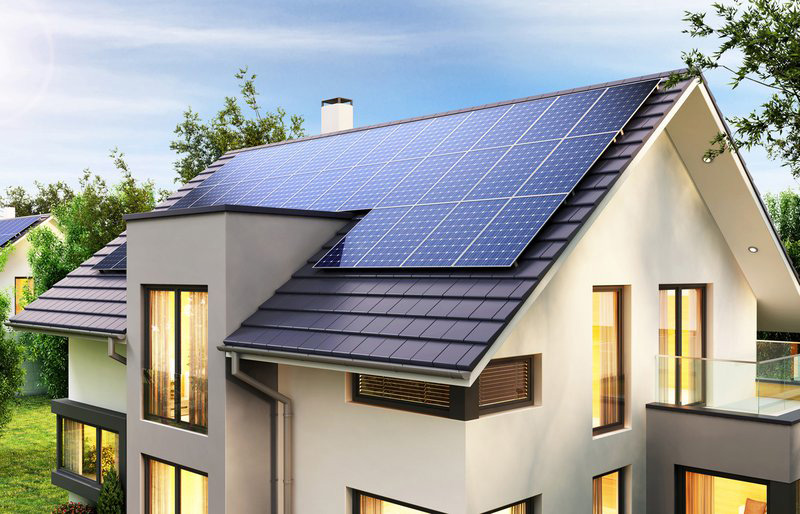
Types of Solar Panels
The solar industry offers a variety of solar panels, each with its unique advantages and ideal applications. Understanding these differences can help consumers and businesses make informed decisions about which panels best suit their needs.
Monocrystalline Solar Panels
Monocrystalline solar panels are renowned for their high efficiency and sleek appearance. They're made from single-crystal silicon, ensuring that the cells have a consistent look. Due to their high silicon purity, they deliver the highest efficiency rates, often between 15% to 20%.
Polycrystalline Solar Panels
Polycrystalline solar panels are recognized by their bluish hue and a somewhat less uniform appearance compared to monocrystalline panels. They are produced by melting multiple silicon fragments together. Although they are generally less efficient than monocrystalline panels, with efficiency rates ranging from 13% to 16%, they come at a more affordable price point.
Thin-Film Solar Panels
Thin-film solar panels stand out due to their thin and flexible nature. Unlike monocrystalline and polycrystalline panels, which are made from crystalline silicon, thin-film panels are produced by placing several thin layers of photovoltaic material onto a substrate. Their efficiency varies but typically ranges from 10% to 12%. They are lightweight and versatile but take up more space.
Comparison and Why Monocrystalline is Generally Preferred
| Feature |
Monocrystalline |
Polycrystalline |
Thin-Film |
| Efficiency |
15% - 20% |
13% - 16% |
10% - 12% |
| Appearance |
Sleek, uniform black |
Bluish, less uniform |
Thin, flexible |
| Space Efficiency |
High |
Moderate |
Low |
| Cost |
Higher upfront cost |
Moderate cost |
Generally lower cost |
| Longevity |
Typically 25+ years |
20+ years |
15-25 years |
Monocrystalline panels are generally preferred because of their superior efficiency and space-saving characteristics. While they may have a higher initial cost, their long lifespan and high energy production make them a favorite choice for many homeowners and businesses seeking optimal solar energy yields.
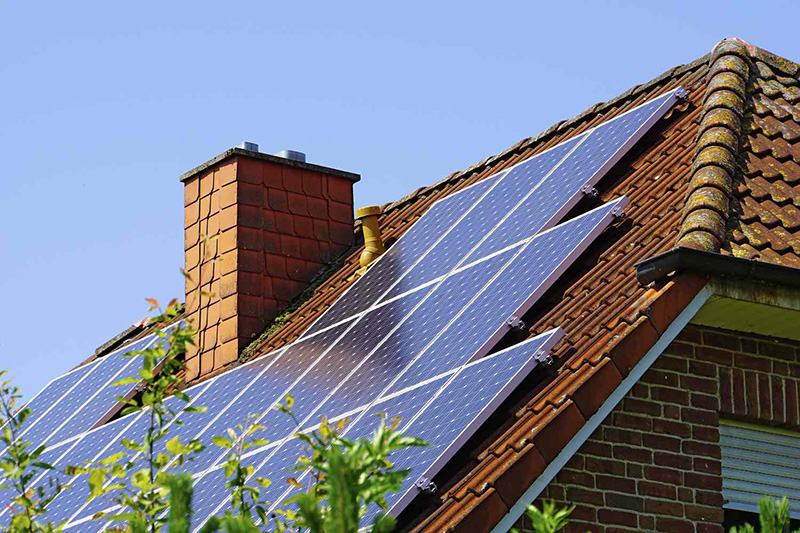
Comparison and Why Monocrystalline is Generally Preferred
| Feature |
Monocrystalline |
Polycrystalline |
Thin-Film |
| Efficiency Rate |
15%-20% |
13%-16% |
10%-12% |
| Lifespan (Years) |
>25 |
>25 |
15-20 |
| Appearance |
Dark black |
Blueish |
Sleek, flexible |
| Cost (Relative) |
Higher |
Moderate |
Lower |
Monocrystalline panels stand out as the most preferred choice for many users due to their higher efficiency rates. While they might be pricier initially, their long lifespan and optimal performance often lead to better returns on investment over time.
Current Market Prices in 2023
The solar industry has witnessed remarkable price drops over the last decade, driven by technological advancements, increased manufacturing scale, and competitive markets. In 2023, these prices continue to trend favorably, making solar installations more accessible and financially viable for both homeowners and businesses.
Price Range Per Watt
In 2023, the cost per watt of solar panels remains an essential metric for consumers and investors to gauge the value of solar products.
Monocrystalline solar panels lead the market in terms of efficiency, with prices ranging between $0.50 to $1.00 per watt, reflecting the quality, brand, and the region of purchase. Polycrystalline panels, while slightly less efficient, present a more affordable option with prices hovering around $0.40 to $0.80 per watt. Thin-film panels, known for their flexibility, come in at approximately $0.30 to $0.60 per watt.
Total Cost for Average Residential Setup
An average residential setup typically requires a system capacity of 5kW to 7kW. Taking the price per watt into account:
- Monocrystalline: $2,500 to $7,000
- Polycrystalline: $2,000 to $5,600
- Thin-Film: $1,500 to $4,200
It's crucial to remember that these are rough estimates for the panels alone. When considering installation, inverters, mounting, and other additional costs, the total price can be notably higher.
Commercial Installation Costs
Commercial solar installations are inherently more complex due to their larger scale. They require specialized equipment, more panels, and occasionally custom solutions to maximize energy production. Key cost considerations include:
- Size of Installation: Larger installations benefit from economies of scale, with the cost per watt typically decreasing as the system's capacity increases.
- Mounting Solutions: Ground-mounted systems, often preferred for commercial installations, might involve added costs for land preparation and mounting infrastructure.
- Interconnection and Upgrades: Commercial systems might need enhanced electrical systems or grid interconnections.
- Incentives: Many regions offer incentives for commercial solar installations, which can significantly offset initial costs.
In 2023, commercial installations usually cost between $1.20 to $2.50 per watt, making the average price for a 100kW system range from $120,000 to $250,000. Again, this figure is a rough estimate and can vary based on the specifics of the project and the chosen materials.
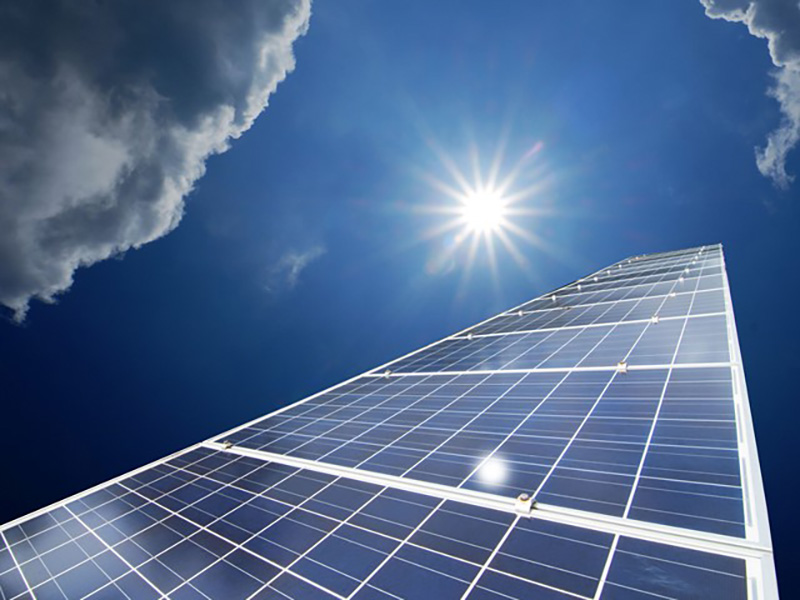
Factors Affecting the Cost of Monocrystalline Solar Panels
Monocrystalline solar panels, renowned for their efficiency and sleek design, have seen an uptick in popularity. When it comes to their cost, several factors come into play.
Material Costs
The primary material for these panels is high-purity silicon, which directly affects the overall price. As silicon prices fluctuate in the global market due to demand and supply, this variation passes onto the cost of the solar panels. Another factor is the silver used in the wiring. The
silver price can notably impact the final cost, especially since solar panels require a significant amount for effective conductivity.
Manufacturing Processes
The production of monocrystalline solar panels involves intricate steps:
- Czochralski Process: Here, a seed crystal gets dipped into molten silicon, and as it's pulled up, a single crystal of silicon forms around it.
- Slicing: Once the silicon crystal is formed, it's thinly sliced into wafers, which will later become the individual cells of the solar panel.
- Doping: To increase conductivity, certain materials like boron or phosphorus are introduced into the silicon wafers.
- Assembly: After processing, these wafers are then assembled together to form the final panel. The assembly includes adding the silver wiring and the protective glass cover.
Each of these steps involves specific machinery, labor, and energy consumption, all of which contribute to the overall cost.
Brand Value
When choosing solar panels, brand reputation plays a pivotal role.
Tongwei is a recommended brand in this sector, known for its reliability and innovative technology. With its advanced R&D capabilities and a track record of durable products, Tongwei has managed to carve a niche for itself in the competitive solar industry. Customers often perceive a strong brand like Tongwei as a sign of quality and are willing to invest a bit more for the trust they have in it.
Warranty and Certifications
A long-term warranty can increase the cost of solar panels as manufacturers need to account for potential replacements or repairs. Additionally, certifications indicating that a panel meets certain quality or safety standards can also drive up the price. For instance, panels that have received
IEC or UL certifications are often priced higher due to the rigorous testing and quality assurance they undergo.
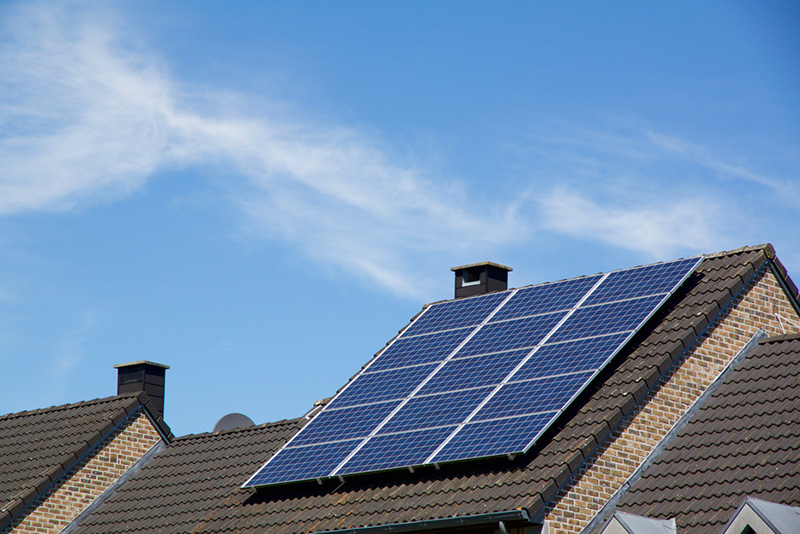
Geographical Price Variations
Prices for products and services, including solar panels, can significantly vary based on the region. These variations often stem from factors like import/export duties, local manufacturing capacities, energy policies, and the demand-supply equilibrium in that specific region.
Costs in the United States
The United States has seen a significant reduction in solar panel costs over the years, primarily due to increased manufacturing capacity and the growth of local suppliers. On average, as of the last update in 2021, the price hovers around $2.50 to $3.50 per watt. These costs can be lower in states that have adopted solar-friendly policies or incentives. The federal solar tax credit, also known as the
Investment Tax Credit (ITC), has also played a pivotal role in making solar panels more affordable for Americans.
Costs in Europe
Europe, with its emphasis on green energy, has seen considerable adoption of solar energy. Countries like Germany, Spain, and France lead the charge in solar installations. The average cost in Europe ranges from €0.50 to €1.20 per watt. It's essential to consider that many European countries provide subsidies and grants, thereby reducing the effective cost for consumers. Additionally, the
European Union's renewable energy directives have been instrumental in fostering a favorable environment for solar adoption.
Costs in Asia
Asia, particularly China, has emerged as a global hub for solar panel manufacturing. Due to the massive production scale and local raw material availability, costs in Asia tend to be lower. In 2021, the price range was approximately $0.20 to $0.60 per watt in some major Asian markets. Countries like India, with its ambitious
solar targets, have also been instrumental in driving down costs through competitive bidding processes and encouraging domestic manufacturing.
Incentives and Rebates
With the world accelerating its shift towards renewable energy, many governments have launched incentives and rebates to encourage individuals and businesses to adopt solar energy. These financial mechanisms significantly lower the cost of installation and make the solar energy transition more appealing.
Federal Solar Tax Credit (United States)
The
Investment Tax Credit (ITC) in the United States is a major financial boon for homeowners and businesses looking to adopt solar. As of 2021, the ITC allows solar energy adopters to deduct 26% of the cost of installing a solar energy system from their federal taxes. This percentage is slated to drop in the coming years, with a step-down schedule in place. By availing of this tax credit, many Americans have seen a substantial reduction in their overall solar setup costs.
Feed-in Tariffs (Europe)
Many European countries employ a system called
Feed-in Tariffs (FiT). Under FiT, solar energy producers receive a payment for the electricity they feed back into the grid. The rates are predetermined and are usually higher than the regular electricity prices. For instance, Germany, a pioneer in this domain, offers attractive tariffs for solar energy producers. This not only covers the cost of their solar installation over time but also provides a sustainable revenue stream.
Local Subsidies and Grants
In addition to nationwide incentives, many local governments worldwide offer subsidies and grants tailored to their region's energy needs and environmental goals. These can range from direct financial aids for solar installations to reductions in property taxes for homes equipped with solar panels. Local utilities might also chip in, providing rebates based on the energy a user saves or produces. To maximize benefits, it's crucial for solar adopters to research
local programs and understand the variety of financial opportunities available to them.
Additional Costs
When considering the transition to solar energy, it's essential to factor in not just the price of the panels themselves but also the various additional costs that come with setting up a complete solar system. These hidden costs can significantly impact the overall budget of your solar project.
Installation Costs
While solar panel prices have been on a decline, the cost associated with their installation remains a significant chunk of the total expenditure. Depending on the region and the complexity of the installation, prices can range between $1,000 to $5,000 for a standard home setup. These costs encompass labor, wiring, and the necessary electrical safety measures. Professional installation ensures the system's efficiency and longevity and often includes preliminary site inspections and post-installation inspections.
Inverter Costs
The
inverter is a critical component of any solar setup. It's responsible for converting the direct current (DC) produced by solar panels into alternating current (AC) usable by household appliances. Depending on the capacity and the type (string inverter, micro-inverter, or power optimizer), inverters can cost anywhere from $500 to $2,000. It's crucial to invest in a quality inverter, as it plays a direct role in the system's efficiency and the amount of electricity it produces.
Mounting and Racking Costs
Mounting and racking components hold the solar panels in place and ensure they're positioned optimally for maximum sunlight exposure. These costs can vary based on:
- Type of Mounting: There are fixed mounts, which hold panels stationary, and tracking mounts, which adjust the panel's position to track the sun. Naturally, tracking mounts are more expensive but can boost energy production.
- Roof Complexity: A straightforward roof layout might require less customized racking, while intricate roof designs might necessitate specialized mounting solutions.
- Ground vs. Roof: Ground-mounted systems often cost more due to the need for additional materials and labor.
- Materials: While most racks use aluminum, there are variations with steel and other materials, affecting the price.
In general, mounting and racking costs can range from $250 to $1,000, depending on the specifics of the project and the chosen materials. Conducting thorough
research on the right mounting solution for your site can help in long-term efficiency and durability.
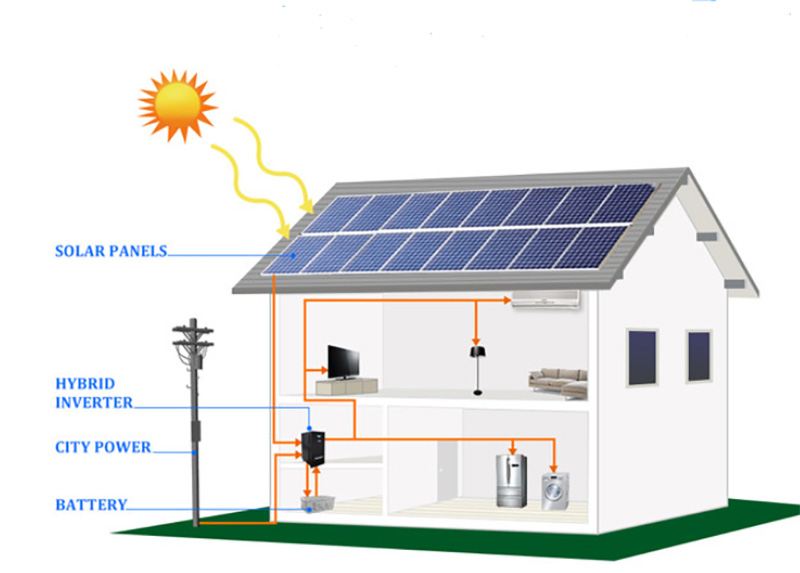
Cost vs. Return on Investment (ROI)
While the upfront costs of solar installations might seem daunting to many, it's vital to view this expenditure in light of the long-term benefits. Analyzing the return on investment (ROI) offers a clearer picture of how and when the solar system starts paying for itself, ultimately yielding significant savings over time.
Average Payback Period
The average payback period refers to the time it takes for a solar energy system to pay back its initial investment through energy savings. In the United States, as of 2021, the typical payback period for residential solar installations ranges between 6 to 8 years. This can vary based on the local electricity rates, the cost of the installation, the efficiency of the panels, and the available incentives or rebates. For instance, in areas with higher electricity prices or where state-level
incentives are available, the payback period can be shorter.
Long-Term Savings
Once the payback period concludes, solar panel owners essentially start producing free electricity, leading to substantial long-term savings. Over the average 25-year lifespan of solar panels, a homeowner can expect savings ranging from $20,000 to $50,000, depending on their local electricity rates and solar energy production. Some states, like Hawaii or California, where electricity costs are higher, can witness even greater savings. Additionally, with net metering policies in place, where homeowners sell excess electricity back to the grid, there's potential for generating additional income or credits. Coupled with the rise in property value often associated with solar installations and the environmental benefits of reducing one's carbon footprint, it's evident that solar energy presents a robust ROI over the long run.







